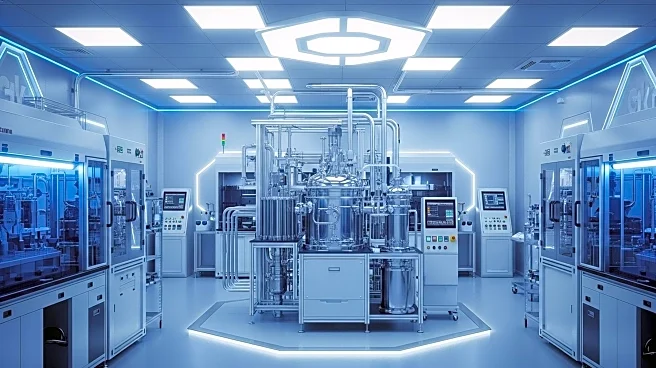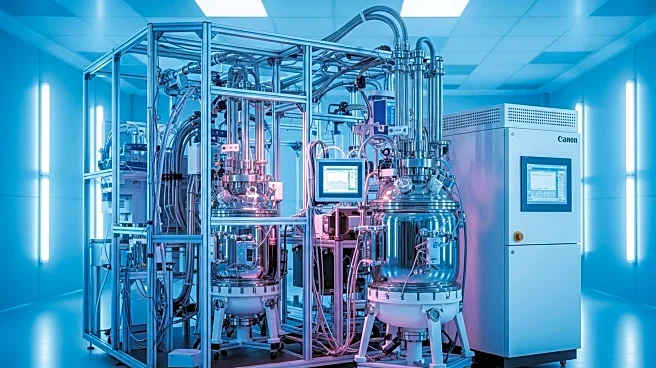What's Happening?
Siegfried has inaugurated a new cGMP viral vectors manufacturing facility through its subsidiary Dinamiqs, located in the Bio-Technopark in Zurich. The facility spans 2,500 square meters and integrates research and development, clinical, and commercial manufacturing under one roof, with a production capacity of up to 1,000 liters. It features modular, segregated design and state-of-the-art closed, single-use technologies to ensure strict containment and fast turnaround times. Martin Kessler, CEO of Dinamiqs, highlights the facility's role in addressing scalability challenges in cell and gene therapy development, offering comprehensive services from lead optimization to commercial supply.
Why It's Important?
The opening of this facility marks a significant advancement in the cell and gene therapy sector, addressing critical scalability issues in process development and manufacturing. By consolidating various stages of production in one location, Dinamiqs can streamline operations, reduce costs, and accelerate the delivery of therapies to patients. This development is crucial for the growing demand in the biopharmaceutical industry, where efficient and compliant manufacturing processes are essential for bringing innovative treatments to market.
What's Next?
Dinamiqs plans to collaborate with Seal Therapeutics to scale up production of a gene therapy for LAMA2-related muscular dystrophy. This partnership aims to transition the therapy from laboratory research to potential clinical application, leveraging Dinamiqs' expertise and production capabilities. As demand for viral vector manufacturing increases, Dinamiqs may expand its operations further, potentially leading to more strategic collaborations and innovations in gene therapy.
Beyond the Headlines
The facility's opening reflects broader trends in the biopharmaceutical industry towards integrated and scalable manufacturing solutions. This approach not only enhances operational efficiency but also aligns with ethical considerations of providing timely and accessible treatments for patients with unmet medical needs. As the industry evolves, such facilities may set new standards for manufacturing practices, emphasizing sustainability and patient-centric approaches.










